Don’t call it a Smartwatch.
I blame Sony really. They started the whole wearable idea off well, calling their first wrist based device the “Liveview.” This was a great step in the right direction, but they let us down by making the next two devices “smartwatches.”
You see, the biggest problem with all of these new “smartwatches” is the word “watch.” With the release of Android Wear and the two, almost three devices that use it, as well as galaxy gear devices from Samsung, I believe we are likely to hit a boom in wrist accessories. How we, the tech community view them will likely affect how the general populous will too.
If I can go off track for a moment, I would like to talk about time. Don’t worry, I won’t bore you with relativity or anything, but at this exact moment I can see three clocks - one in the corner of my laptop screen, one on my phone, and one on the wall - but there isn’t one on my Gear Live. I currently keep the “always on” function turned off on my wrist device because not only does it save power, but I honestly have no need for the time on my wrist.
Android Wear, as you may know, is a platform for wearables that allows you to integrate your device with your phone. It gives you notifications at a glance, as well the awesome powers of the Google Now knowledge graph and voice recognition software. The added functionality takes a lot of power of course, and in the case of the Gear Live this means an average battery life of around 16 hours. Wearables like the Pebble and Meta Watch have overcome the battery problem by reducing the display to its simplest form and limiting what the device can do in terms of interactivity. All of these energy saving systems are designed to give us an illusion of the old time version of a wristwatch. Because these devices sit on the wrist, the general consensus is that they should act like a watch. This is an inherent flaw in our thinking about this new technology. We just don’t need an always-on watch any more. Let’s refocus our energies on making the best wrist device possible without adding the handicap of forcing an always-on watch face and thereby increase the battery life to a usable level.
“The Smartwatch is the answer to a problem that doesn’t exist”
I don’t know who said the above quote but it is spot on. In our hearts we know we don’t need this device. Our phones are not difficult to use; hell, OEM’s spend millions making sure they are as easy to use as possible, so why do we need something on our wrist to add another layer to the equation? We want these in our lives for the simplest of reasons: They look cool, and they fit our vision of the future.
Google Glass is an amazing technological leap; but because of its huge leap forward the general populous, hence forth called “the Normals” are not ready to embrace it. They are, I think, ready to embrace Smart Cuffs/iWrists because they are just futuristic enough to be desirable but not threatening. Of course, design will play a big part in how Normals feel about them.
A circular wearable sounds cool in theory but I can’t think of one practical advantage to it, and the wearable market shouldn’t get too hung up on a round device. The information will not be displayed any clearer on a circular device than on a square one. In fact, a square device makes more sense because it is an extension of your smartphone - a device that is already square. So, is the excitement over circular wearables for the nostalgia of having a traditional looking timepiece on your wrist? I would rather just have the information I need displayed. That said, the above picture shows that a round wearable will sell. That being said, the Moto 360 may be a good play by Motorola.
I don’t think of my Gear Live as a watch any more. In my head, it’s simply a Wear device or even just a wearable. By thinking of it in those terms I don’t worry about the time aspect and concentrate only on what it can do to enhance the notifications I get from my phone.
Which is the ultimate purpose of the thing really.






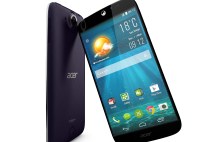
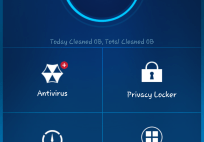
![[App] Lollipop Land; 5.0 easter egg released to play store as game](../../landofdroid.com/wp-content/uploads/2014/11/wpid-wp-1415372216626-resize-204-142.png)



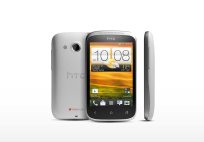
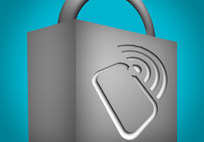




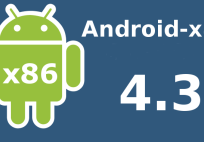


James I kind of agree with everything you’ve said. I remember tweeting about the Wear devices and their apparent lack of evolution over current ‘smartwatches’ already on the market. The Pebble can give the exact same information in a note simplistic form yet, but that’s just it.
That’s where my point and yours converge. We don’t really need this device so manufacturers have led us to the market by making it a smaller Phone device.
I recall thinking the Omate Truesmart would be the best wearable on the market due to its Stock Android OS and independent GSM radio. The truth? Its not needed….
Extended information that compliments what we can currently get from our phones is, at the absolute best, all we require unless OEMs can come up with an Apple-esque shift in our thought processes with the next generation of devices.
They work, they can add value, but for mainstream use there is little benefit.
I’ll continue to use my Pebble as I use it to.turn up volume on my phone whist driving and switch tracks etc…but thisnia a niche requirement in truth.
Well said, James.